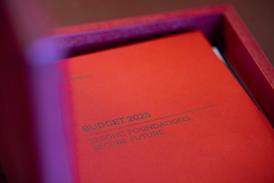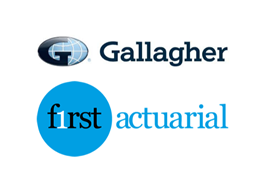Investment experts have warned about the importance of careful selection when investing in second tier-property, as schemes increase allocations to the sub-asset class.
While property has been a popular investment for many years, recently schemes have been diversifying their allocations away from prime properties to include long-lease and secondary assets to capture higher returns.
The problem is they’re not prime for a reason
Nick Secrett, PwC
Secondary property is any asset that falls short of ‘prime’ status. This may be due to a less-than-prime location – such as outside of central London – tenant or property. Experts said this may lead to greater variation in the quality of assets and associated risks.
Last month, the National Association of Pension Funds released a report on the benefits of investing in second-tier property, in which it highlighted strong performance in the asset class since 2009, as well as other benefits such as inflation hedging and having a tangible asset with intrinsic value.
The report also highlighted the difficulty of setting a benchmark for the asset class, due to the wide range of properties that fall under its umbrella.
"This lack of an exact definition lends itself to a large and diverse range of properties that could include property that is 'almost prime'... to properties that meet no prime property criteria at all," the report states in its introduction.
This wide definition can make it difficult to calculate risk. “The problem is they’re not prime for a reason,” said Nick Secrett, head of investment strategy at consultancy PwC. “You have to keep making assumptions about how likely it is you’ll get your payments coming through.”
“You need an expert property manager who knows the local issues. It requires a high manager input,” he said.
Secondary property may also be seen as more volatile than its prime counterpart, however, long-term investors may be better able to handle short-term bumps in the market.
“When the property market goes south that sector tends to suffer the biggest price falls,” said Peter Martin, head of manager research at consultancy JLT. “Which is fine if you want to weather that for the long term.”
He added: “I have to be very much convinced that [we] are buying the right property in the right location with a good tenant [before investing].”
One way investors can maximise returns is to invest with the intention of improving the asset to increase the yield.
“The key is to do something with it,” said Dermot Kiernan, manager of the UK property fund at asset manager M&G Investments. “The risk is you need to make sure you’re buying the right type of secondary so you can improve the stock. Picking the right time to stock and being realistic about your ability to transfer it are key.”
Growing popularity in the second-tier market has led to a shift away from the traditional focus on the south east of England as demand has driven down yields. Experts also said that smaller investments of between £2m-£10m offer good opportunities.
“If you’re aiming at the £20m-plus market, the competition is much higher,” said David Wise, property investment director at asset manager Kames.
The growing competition for prime assets has had implications for a range of property investments, Wise said, adding: “It’s getting harder to find value. It’s more about stock picking than focusing on any one sector.”














